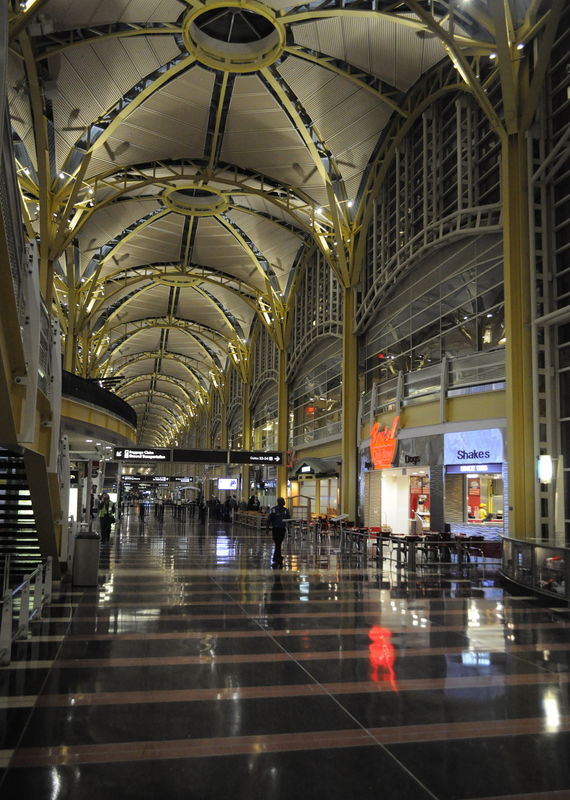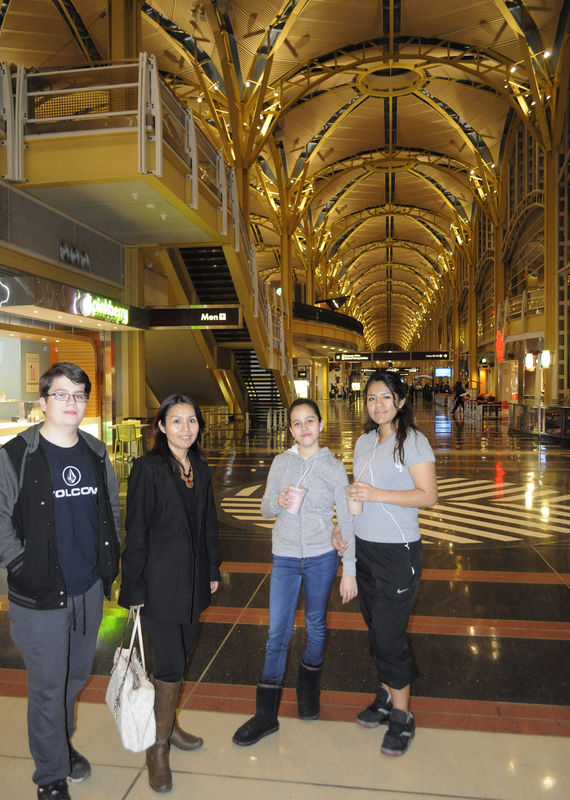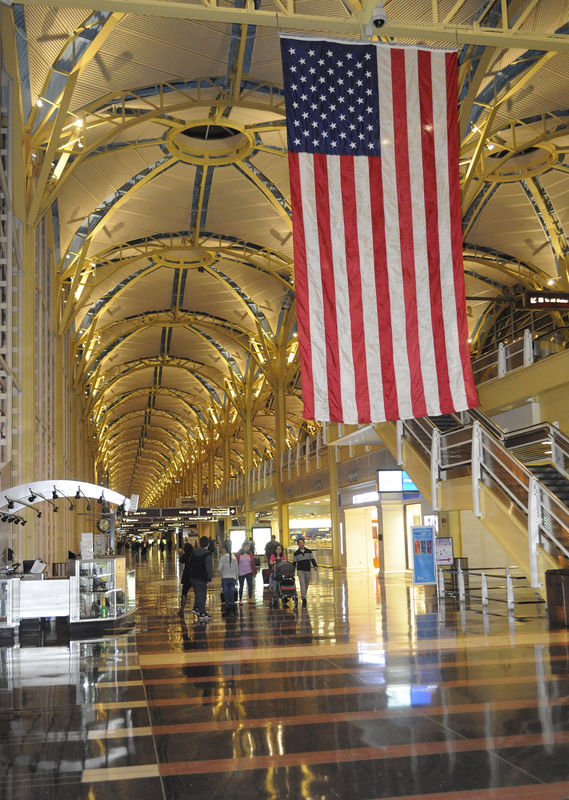Request advice on shooting in low light level party setting.
Oct 30, 2019 09:48:50 #
TriX wrote:
Honestly, I never use an undifused flash aimed dir... (show quote)
Agree about using a flash defuser or bounce, although looking at that ceiling I'd choose the defuser
Oct 30, 2019 14:12:49 #
There is a bit of confusion here! The OP started off with a question on low light conditions at a party coverage, which turned out, in his text, to be a WEDDING party.- That's different!
If we are talking about lighting and exposure issues in wedding photography there is quite a difference from anything else b in that wedding photography is a hybrid- a mixture of requirements that call for a wide variety of skill sets that go beyond cover a part or other event. There are elements of photojournalism*, fashion photography*, and Portraiture* and unlike the usual condition under which the latter two categories are usually performed, there is little or no control over existing lighting levels, quality and conditions- you can run into just about anything and have to be prepared, on the fly, to come up with high-quality results regardless of the disadvantages and there are no retakes!
This has nothing to do with Richard Avadon or Yosef Karsh because I am certain that all their great work was done under predictable and controlled conditions. Nor is an f/.95 lens a required accessory- that only if you are going to photograh a wedding in a coal mine at midnight with everyone dressed in black! Sure, you would get some bodacious "bokeh" but virtually no practical depth of filed for candid shots!
Myself, coming for the "old school" of "candid" wedding photography, where we operated with one camera and a couple of flash units and had to come up with the aforementioned results, proved to be a great training ground. It's surprising, with the right degree of know-how, as to what can be done with a single strobe on the end of an extension cord, improvised diffusion material made of white cardboard, rubber bands, and handkerchiefs. Knowing how to utilize, recognize and augment available light also helps. Understanding the angle of incidence theory* and how bounce- flash techniques really work in a big part of the deal. We had to know our flash exposure by estimating distances and fully understand how to control the problems caused by the inverse square law*, being overexposed foregrounds and unnaturally dark backgrounds. Erratic exposures, in general, was a big no-no because of the large volume of images that had to be efficiently processed and printed without painstaking t delays in workflow
So...fast forward to today's gear. As lovely and smooth as it was, forget about the film for weddings. Many of the old methods still apply except for the fact that we can pump up the IOS without "changing films", we can take more advantage of available light, there are certain TTL flash exposure features that actually work accurately but you still need to know how t.
The wedding photographer has to draw the skill sets of the other mentioned disciplines because apart from festive celebrations it is an emotional and expensive family event. Much time and expense go into attire, makeup, hairstyling, and just everyone looking at the best. Attention to details mandatory. A good wedding shooter knows how to drape a gown and train, arrange natural but elegant group photographs and creat portrait quality imagery with emotional content- really on the fly. Creating flattering portraits* is an art form in itself. Lighting direction and correct exposure are essential for rendering fine detail in white gowns and dark formalwear. Posing is extremely important in obtaining flattering renditions and elegant stances.
If you are going to get good at this kinda work there are a vast number of techniques to research, study, and master (I indicated the basics with an asterisk*) . Some of it is gear or equipment oriented. Just sticking a light modifier on a speedlight or bouncing it arbitrarily off any surface will not necessarily work out well. There are a number of brackets that will enable you speedlight to be properly oriented, over the lens, and somewhat elevated to create a good very basic unmodified source that can serve as a main source of illumination that is somewhat flat but can be a good fill lig in a multiple flas setup or a fill source for available light. There are methods of partial bounce where some of the light is aimed upward toward a white ceiling and part of the beam directly strikes the subject.
Many photographers post complaints about disappointment with certain brands of light modifiers but I suspect they don't know exactly how and where to use them. There are no cure-all modifiers that will work in every circumstance. Once you understand how and where the work, you can apply the right ones.
So...unless you are totally familiar with the venue, you need to be prepared to make split-second decisions on how you are going to approach any given lighting condition in order to achieve the results you want. Sometimes you need to make compromises and settle of less ideal lighting You must capture capture the moment and tell the story- that is what clients value above all. Sometimes in a dark church, just plain on-camera flash will be your only alternative OR just maximizing the ISO and shooting! In a large cathedral or auditorium, there may be no bounce surfaces available in close enough proximity to the flash unit or the subject.
With experience, you will learn to always be at the right place, at the rig time with the right technique to grab the shot!
*Lotsa homework- Good luck!
If we are talking about lighting and exposure issues in wedding photography there is quite a difference from anything else b in that wedding photography is a hybrid- a mixture of requirements that call for a wide variety of skill sets that go beyond cover a part or other event. There are elements of photojournalism*, fashion photography*, and Portraiture* and unlike the usual condition under which the latter two categories are usually performed, there is little or no control over existing lighting levels, quality and conditions- you can run into just about anything and have to be prepared, on the fly, to come up with high-quality results regardless of the disadvantages and there are no retakes!
This has nothing to do with Richard Avadon or Yosef Karsh because I am certain that all their great work was done under predictable and controlled conditions. Nor is an f/.95 lens a required accessory- that only if you are going to photograh a wedding in a coal mine at midnight with everyone dressed in black! Sure, you would get some bodacious "bokeh" but virtually no practical depth of filed for candid shots!
Myself, coming for the "old school" of "candid" wedding photography, where we operated with one camera and a couple of flash units and had to come up with the aforementioned results, proved to be a great training ground. It's surprising, with the right degree of know-how, as to what can be done with a single strobe on the end of an extension cord, improvised diffusion material made of white cardboard, rubber bands, and handkerchiefs. Knowing how to utilize, recognize and augment available light also helps. Understanding the angle of incidence theory* and how bounce- flash techniques really work in a big part of the deal. We had to know our flash exposure by estimating distances and fully understand how to control the problems caused by the inverse square law*, being overexposed foregrounds and unnaturally dark backgrounds. Erratic exposures, in general, was a big no-no because of the large volume of images that had to be efficiently processed and printed without painstaking t delays in workflow
So...fast forward to today's gear. As lovely and smooth as it was, forget about the film for weddings. Many of the old methods still apply except for the fact that we can pump up the IOS without "changing films", we can take more advantage of available light, there are certain TTL flash exposure features that actually work accurately but you still need to know how t.
The wedding photographer has to draw the skill sets of the other mentioned disciplines because apart from festive celebrations it is an emotional and expensive family event. Much time and expense go into attire, makeup, hairstyling, and just everyone looking at the best. Attention to details mandatory. A good wedding shooter knows how to drape a gown and train, arrange natural but elegant group photographs and creat portrait quality imagery with emotional content- really on the fly. Creating flattering portraits* is an art form in itself. Lighting direction and correct exposure are essential for rendering fine detail in white gowns and dark formalwear. Posing is extremely important in obtaining flattering renditions and elegant stances.
If you are going to get good at this kinda work there are a vast number of techniques to research, study, and master (I indicated the basics with an asterisk*) . Some of it is gear or equipment oriented. Just sticking a light modifier on a speedlight or bouncing it arbitrarily off any surface will not necessarily work out well. There are a number of brackets that will enable you speedlight to be properly oriented, over the lens, and somewhat elevated to create a good very basic unmodified source that can serve as a main source of illumination that is somewhat flat but can be a good fill lig in a multiple flas setup or a fill source for available light. There are methods of partial bounce where some of the light is aimed upward toward a white ceiling and part of the beam directly strikes the subject.
Many photographers post complaints about disappointment with certain brands of light modifiers but I suspect they don't know exactly how and where to use them. There are no cure-all modifiers that will work in every circumstance. Once you understand how and where the work, you can apply the right ones.
So...unless you are totally familiar with the venue, you need to be prepared to make split-second decisions on how you are going to approach any given lighting condition in order to achieve the results you want. Sometimes you need to make compromises and settle of less ideal lighting You must capture capture the moment and tell the story- that is what clients value above all. Sometimes in a dark church, just plain on-camera flash will be your only alternative OR just maximizing the ISO and shooting! In a large cathedral or auditorium, there may be no bounce surfaces available in close enough proximity to the flash unit or the subject.
With experience, you will learn to always be at the right place, at the rig time with the right technique to grab the shot!
*Lotsa homework- Good luck!
Oct 31, 2019 08:21:58 #
Kaib795
Loc: Maryland, USA
Great advice. I remember dropping my family off at Reagan Nat'l airport at night. I've been there many times during the day and it's very well lighted but at night ... it's very dark and gloomy. What a shock for me and I was quickly taking test shots to find an answer which ended up being to move the ISO up to the point where the distant background was visible (but still very gloomy) and then turn on the on board flash on TTL to bump in the light softly (not much power needed). The shots were incredible. So much so that a air port worker came over to see my pictures and couldn't believe it! She said they were the best shots of the air port she'd ever seen. Now that's quite the compliment. The perception of color changed so much with the flash that the dim looking no flash shot turned into a vision of gold in the tops of the ceiling. It was shocking. The key to this is finding th`



Oct 31, 2019 08:28:42 #
Kaib795
Loc: Maryland, USA
Sorry, our 2.5 yr old hit a key that sent the message before I was done.
As I was saying ... The key to this is finding the highest ISO that produces a acceptable image. My shots shown were the first I tried and with high ISO's you must back off people in the shots to not blow out faces. The shots shown were taken of family that were about to leave so no second chances. My advice is to practice, practice, practice. First without people then with them as they present new issues. Sorry that the small pictures are less than perfect looking but actually were fine for us and look much better at full screen resolution. Notice that the entire background is there, not like flash pictures with a black background.
As I was saying ... The key to this is finding the highest ISO that produces a acceptable image. My shots shown were the first I tried and with high ISO's you must back off people in the shots to not blow out faces. The shots shown were taken of family that were about to leave so no second chances. My advice is to practice, practice, practice. First without people then with them as they present new issues. Sorry that the small pictures are less than perfect looking but actually were fine for us and look much better at full screen resolution. Notice that the entire background is there, not like flash pictures with a black background.
Nov 21, 2019 12:52:12 #
flyboy61
Loc: The Great American Desert
A good bounce card, or the one built into the flash will be a great way to go, combined with a flash bracket, which are less expen$ive now than when I bought mine. Experiment with different shutter speeds...slower, as shutter speed controls the ambient light, if you don't want totally black backgrounds. You need to be careful that the speed isn't too low, or Ghost Images are a possibility.
Something I've not tried yet, but it seems as if some of the automatic Scene modes like CHILD or PARTY/INDOOR could be used with good effect for other situations.
Something I've not tried yet, but it seems as if some of the automatic Scene modes like CHILD or PARTY/INDOOR could be used with good effect for other situations.
Nov 22, 2019 12:10:17 #
I haven't read through all of these comments but I recently came across a series of youtube videos by Andrew Boey. He does a great job of explaining how to use flash.
https://www.youtube.com/watch?v=Z3nbMSvsO1g
He has several videos regarding the use of on camera flash. ☺️ Hope this helps.
https://www.youtube.com/watch?v=Z3nbMSvsO1g
He has several videos regarding the use of on camera flash. ☺️ Hope this helps.
Nov 22, 2019 14:13:38 #
Nov 22, 2019 14:20:09 #
sniper wrote:
Andrew does some good things, and explains most very well! 

I recently stumbled upon his videos and have watched as many as I can. He has a great way of explaining things in a quick and easy manner.
If you want to reply, then register here. Registration is free and your account is created instantly, so you can post right away.

